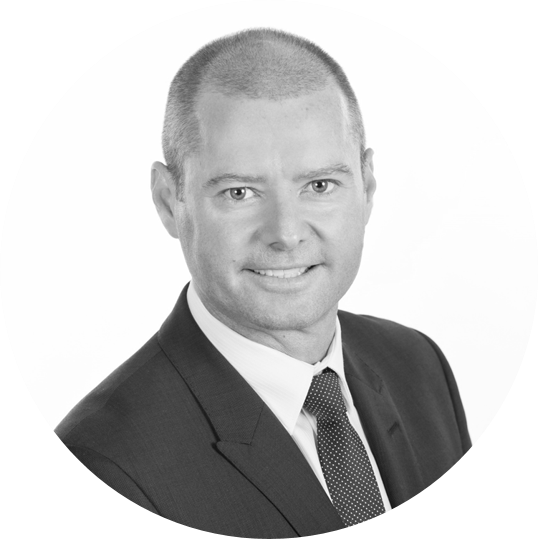How History and a Famous Figure in the Japanese Art World Highlight How Best to Create a World Class Healthcare Access System – in Japan and Beyond
The Japanese health care system, with universal health coverage for all has often been cited as one of the most enviable in the world.
But like the famous Japanese artist Hokusai, a trail-blazer best known for works including The Great Wave and Fine Wind, Clear Morning, suggests, evolving traditional approaches, in art, just as in medical science, lies at the heart of innovation.
This is especially true in an aging nation where those aged more than 65 years will sit at 40% by mid-century which will ultimately require a fresh approach to the current healthcare model.
In Japan, as in many countries, demographic and economic changes require evolution within the healthcare arena and an openness to adaptation and refinement – especially in relation to schemes dedicated to the delivery of fair and equitable access to transformational medicines. A mindful adoption of the ‘art’ and ‘science’ components is essential to do so.
At Janssen, our collective mindset aligns with the Hokusai view, and guides our unwavering pursuit to innovate and create medicines for patients in need.
In our world of creating innovative medicines, and playing a role in access to treatment, the path is not always clear cut, but if we are to master our art we persevere.
Indeed, we know Hokusai did that. In fact, while his passion for art began as a child, his work was mastered and accepted as true genius in old age. “When I reach a hundred my work will be truly sublime and my final goal will be attained around the age of one hundred and ten, when every line and dot I draw will be imbued with life,” he once noted.
That unwavering commitment to improvement is infectious and inspiring, and a notion we choose to emulate in our daily endeavours to better patient outcomes and create avant-grade medicines, ahead of our time, just as Hokusai did in the world of art.
There are many hurdles and time and cost factors associated with bringing medicine to market and ensuring equity of access for all, but we continue as we strive for improvement.
The recently implemented cost effectiveness assessment (CEA) system, while far from the healthcare utopia model we strive to create, offers another, broader example of the necessity of evolution amidst a changing health landscape in Japan and beyond. It’s also a powerful reminder of the inherent need for future refinement and adaptation in the evolutionary cycle.
CEA is one method of assessing the costs and benefits of new treatments through an economic model and will be used in Japan specifically in relation to premium adjustment for products with demonstrated innovation.
While it reflects cost-constraining practices of other countries and can prove informative as a static value assessment, it often relies on a narrow set of data inputs and can only provide some perspective on societies value of medicine.
We know that contemporary evaluation techniques are leaning more heavily on other values which cannot be easily incorporated in to a CEA model. Approaches used in experienced CEA systems are evolving, but they are contextual and qualitative in nature – a stark contrast to the quantitative standard in Japan.
But like Hokusai who studied humanity with compassion and curiosity, we must view making and providing access to medicine through the same lens.
While there is inherent risk that comes with adopting the new (in countries where CEA is currently used, access gaps and delays have emerged and been shown to worsen over time), there is also myriad opportunity and Japan is well placed to lead the world in value assessment.
Whilst the system in relatively new, the chance to evolve techniques which assure sustainability, which stimulate investment and most importantly ensure that patients of today and those of tomorrow will receive the benefits of medical innovation are all at the ready and for the taking.
Hokusai’s willingness to change and embrace the new and uncertain, exemplifies the mercurial talent in Japan when prepared to challenge the status quo and break through convention. There is nothing preventing Japan leveraging this attitude in CEA and having a health system that remains the envy of the world.
We have reached a defining moment in the history of healthcare in Japan and with that comes a great wave of opportunity.
We can pioneer our own path – innovative, envied and inspired – or follow a road fraught with facture.
At Janssen, we passionately commit to challenging the status quo and are dedicated, as industry leaders, to open dialogue and participate in the process of refinement to see us contribute to the health and well-being of the human state.



